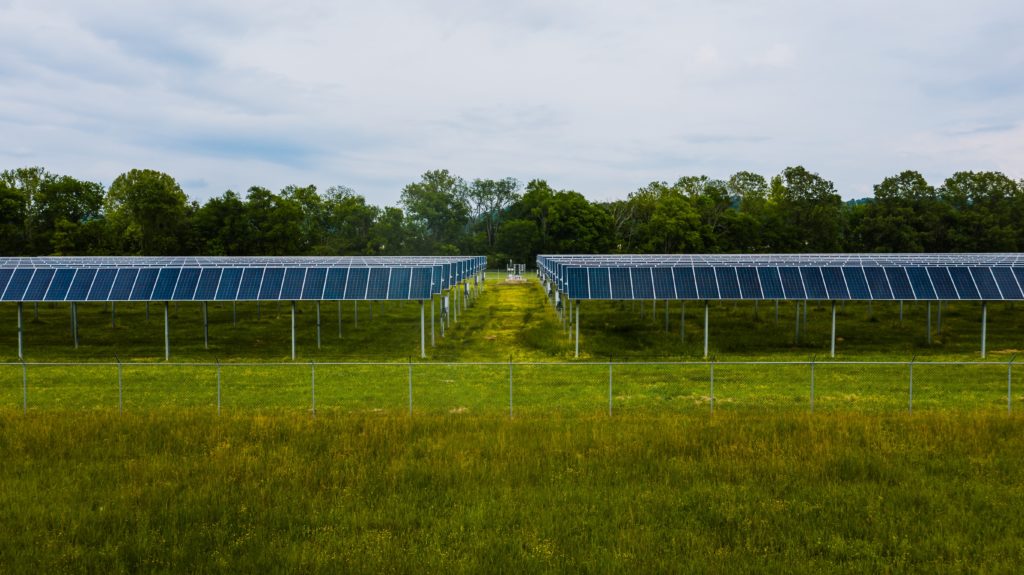The environmental benefits of solar energy have become more apparent in recent years.
Thin-film
If you are looking for solar panels for your home or business, you have many options to choose from. While crystalline PV modules have been used for years, thin-film technology is starting to become a viable option for many people.

Thin-film panels
Thin-film panels are manufactured by depositing a semiconductor material onto a substrate. The substrate can be made from a variety of materials. These include metals such as steel and aluminum, as well as plastics. A metallurgical barrier is applied to the substrate to prevent any impurities from entering the material. In addition, the substrate is coated with phosphorus and aluminum impurity gettering to improve bulk quality.

Flexible
Because the substrate is flexible, thin-film panels are a good choice for building integrated photovoltaics (BIPV). They can be easily installed on metals, glass, or plastics. Unlike c-Si modules, thin-film cells are not affected by temperature as much. This allows them to work for longer periods of time in cloudy conditions.

Choosing
However, choosing between the various solar technologies requires some research. You will also want to consider your goals and what type of solar panel you need .In addition, polycrystalline cells are less aesthetically pleasing than their monocrystalline counterparts.

Expensive
Thin-film panels are less expensive than crystalline PV modules. However, because they are so different, the efficiency of a thin-film panel varies. Since they do not produce as much power as a crystalline cell, they require more coverage to create the same amount of energy. For instance, a 10% thin-film cell will require about 50% more roof space than a crystalline module. Another advantage of thin-film panels is the reduction in weight. Because the cell itself is only about a micron thick, it is lightweight. Additionally, the cell absorbs UV and infrared light.
Therefore, it is able to generate electricity in rainy weather. Also, it can be positioned in a vertical position, making it ideal for roofs, patios, and other flat surfaces. Amorphous silicon is the most common form of thin-film solar technology. Specifically, a-Si:H is a hydrogenated amorphous silicon based layer that is deposited on the back reflector.
Despite the fact that the thin-film technology is relatively new, it is already being used in solar-powered laptops and calculators. It is also becoming increasingly popular in commercial applications. Many companies are trying to increase the efficiency of these thin-film modules.

First Solar
First Solar is currently the largest manufacturer of thin-film panels in the world, with a market share of more than 11%.
In June 2012, First Solar announced that it was lowering its price per watt to $0.75.
Compared to crystalline wattage, this is a significant drop in price. As a result, a 1.2- GW facility in Ohio will be built to meet the demand. But even with this lower cost, the long-term reliability of thin-film panels has not been proven.
Deselenide
There are also other types of thin-film solar cells, such as cadmium telluride and copper indium gallium deselenide. CIGS and CdTe are both used in a wide range of applications.
